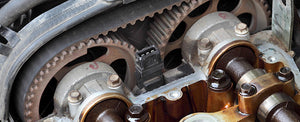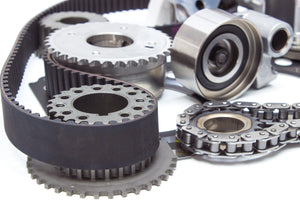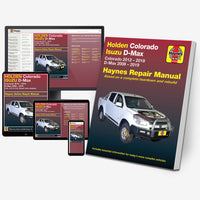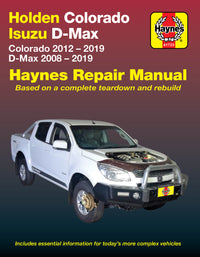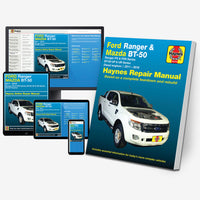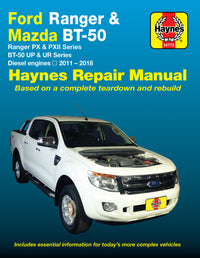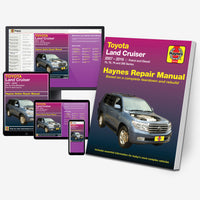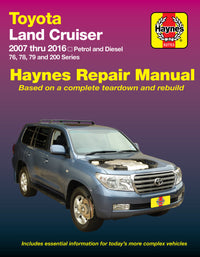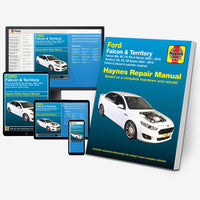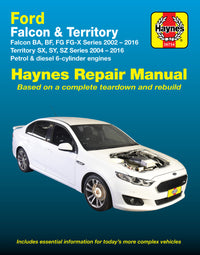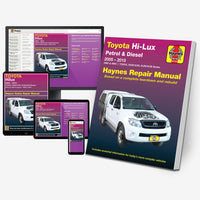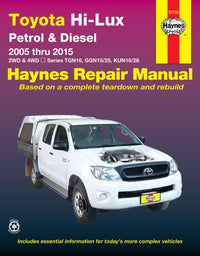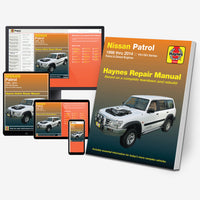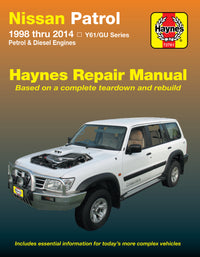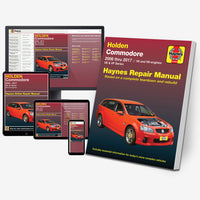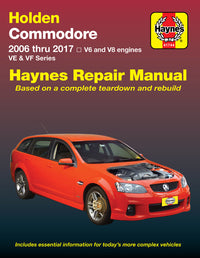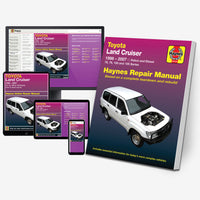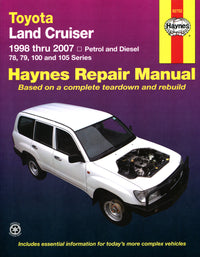
Martynn Randall is technical editor at Haynes and has been with us for approaching 30 years. He's written more than 60 Haynes publications and has owned more than 85 cars and 60 motorbikes... so far!
Timing. When it’s good, things tend to go well, everything’s in harmony, and difficult stuff just seems to happen more easily – think of stepping forward and knocking that little red ball over the boundary for a six, listening to an orchestra when everyone is fully in the moment, or everyone working slickly and smoothly on a factory production line. It’s all in the timing.
So that's the good. But there's also often the chance of bad timing, when things happen all at the wrong time, and mayhem ensues. Think Keystone cops, getting bowled for a duck, Manchester United’s back line.
And of course, there’s the ugly, when bad timing turns to expensive carnage. For example, the timing belt is arguably the most important component in your car’s engine, because without it, lots of expensive bits of metal will start coming together when they should really be kept apart.
Regular maintenance
This is why it’s essential that the timing belt is kept in as good condition as possible, which is why I’m even more incredulous that someone came up with the idea of having a timing belt run through a bath of oil inside the engine.
This is a comparatively recent phenomenon, and was begun by Ford with its 1.8-litre TDCi diesel engine of 2007. However, other manufacturers, including Audi, Citroën, Peugeot, Toyota and Volkswagen, followed, while Ford continued with the design in its popular EcoBoost turbocharged petrol motors and EcoBlue diesels.

Wet timing belts – the positives
The theory goes that having a timing belt running through a bath of oil means that the belt is constantly lubricated, which should both reduce the noise it makes, and extend its life.
Efficiency is the reason for the invention of the wet belt. Back in the early 2000s, car makers were all looking for ways to make their engines use less fuel and emit less CO2, and Ford worked out that lubricating the timing belt was a good way to achieve that aim. A secondary benefit was that the life of the belt was expected to be extended because it was subject to less friction.
On top of that, a timing belt tends to get hot when working at high speeds, and the oil helps to cool it, again helping to extend the belt’s longevity. At least, that’s the plan.

Wet cambelts – the negatives
I have personal experience of wet belts, because I fitted a wet-belt conversion kit to my Norton Commando back in the days of black-and-white televisions and Pathé News. After about 1300km, it shredded all of the teeth on the belt as I was halfway round the Isle of Man TT course. That was ‘fun’.
Anyway, as everyone of a certain age will attest, things start to deteriorate over time – and your engine’s timing belt is no exception. That’s why there are strict guidelines regarding when you should change it, and at what mileage. However, that same ‘degrading over time’ annoyance also happens to the oil in which the timing belt is luxuriating. The oil becomes contaminated with soot and other impurities, which can cause the belt to become worn ahead of schedule.
That’s bad enough, but when the belt wears, bits can break off and then clog up the engine oil lines and the oil filter. Obviously, this then means that other crucial areas inside the motor then suffer from oil starvation, and premature wear, raising the vehicle’s CO2 output and thirst for fuel. And that’s exactly what the wet belt was designed to avoid in the first place.
With a wet belt, you also need to keep an even closer eye on your engine’s oil level, because any lowering of the level brings a corresponding reduction in lubrication of the belt.
How much does it cost to change a wet belt?
The way to avoid damage to the belt is not only to keep on top of the oil level, but also to change the belt before its recommended interval, which is precisely the point at which you’ll discover that changing a wet belt is not the work of a moment. In fact, it takes quite a few moments – moments that can extend into days (note the plural here!). It’s a complicated procedure.
If you take your car to a main dealer for the work to be done, you’re likely to be presented with a bill of several thousand dollars. Consider that a 10-year-old Ford Fiesta Ecoboost won't be worth much more than that and you can see why some people call time on it and send it off to the scrap yard.
This is where Haynes comes in, because we can help you to carry out the job yourself and save thousands of pounds. You'll find the procedure in this Ford Fiesta manual, for example.

Does my car have a wet cambelt?
It’s pretty easy to tell. On a dry-belt engine, the timing gear is attached to the end of the engine. However, with a wet-belt motor, the timing gear is entirely enclosed within the engine, because it needs to be sealed in to keep the oil in with it.
Which cars have wet timing belts?
Ever-more restrictive emissions rules have led a few manufacturers down the wet-belt route. The concept was started by Ford, but a few other car makers soon followed suit, namely Citroen, Peugeot and the Volkswagen Group.
This is not a comprehensive list, but if you’re looking at any of these, extra care should be exercised.
-
Citroen (early versions of the 1.0 and 1.2 PureTech)
- Berlingo
- C3
- C4
- C5 Aircross
- DS 3 Crossback
- DS 7 Crossback
Ford (1.0 and 1.5 Ecoboost until the end of 2018)
- C-Max
- EcoSport
- Fiesta
- Focus
- Puma
- Transit Connect 2.0 EcoBlue
- Transit Courier 2.0 EcoBlue
- Transit Custom 2.0 EcoBlue
Peugeot (early versions of the 1.0 and 1.2 PureTech)
- 108
- 208
- 308
- 3008
- 5008
- Partner
- Rifter
Toyota
- Proace (with the 1.2 PureTech)
VW Group (Audi, Seat, Skoda, Volkswagen)
- EA288 Evo engines (1.6 TDI and 2.0 TDI) use wet belts to drive the oil pump, although this isn't known to cause issues. The cambelt is a 'dry' belt
- Audi A1 (some EA211 1.4 TSI engines use a wet belt)
- Seat Ibiza (some EA211 1.4 TSI engines use a wet belt)
- Skoda Fabia (some EA211 1.4 TSI engines use a wet belt)
- VW Polo (some EA211 1.4 TSI engines use a wet belt)
Wet belt conclusion
Yes, a wet timing belt requires much more time and effort to change, but the reality is that with the sheer number of engines out there that use them, we’re stuck with them for the time being. So, unless you want to shell out an eye-watering sum to have someone replace it for you, it’s best to set aside a few days, invest in the Haynes manual for your car, shell out for a pallet of Tim Tams and coffee, then set to work.
At least you’re only ever likely to have to do it once (maybe twice) in the life of your car. - Berlingo

